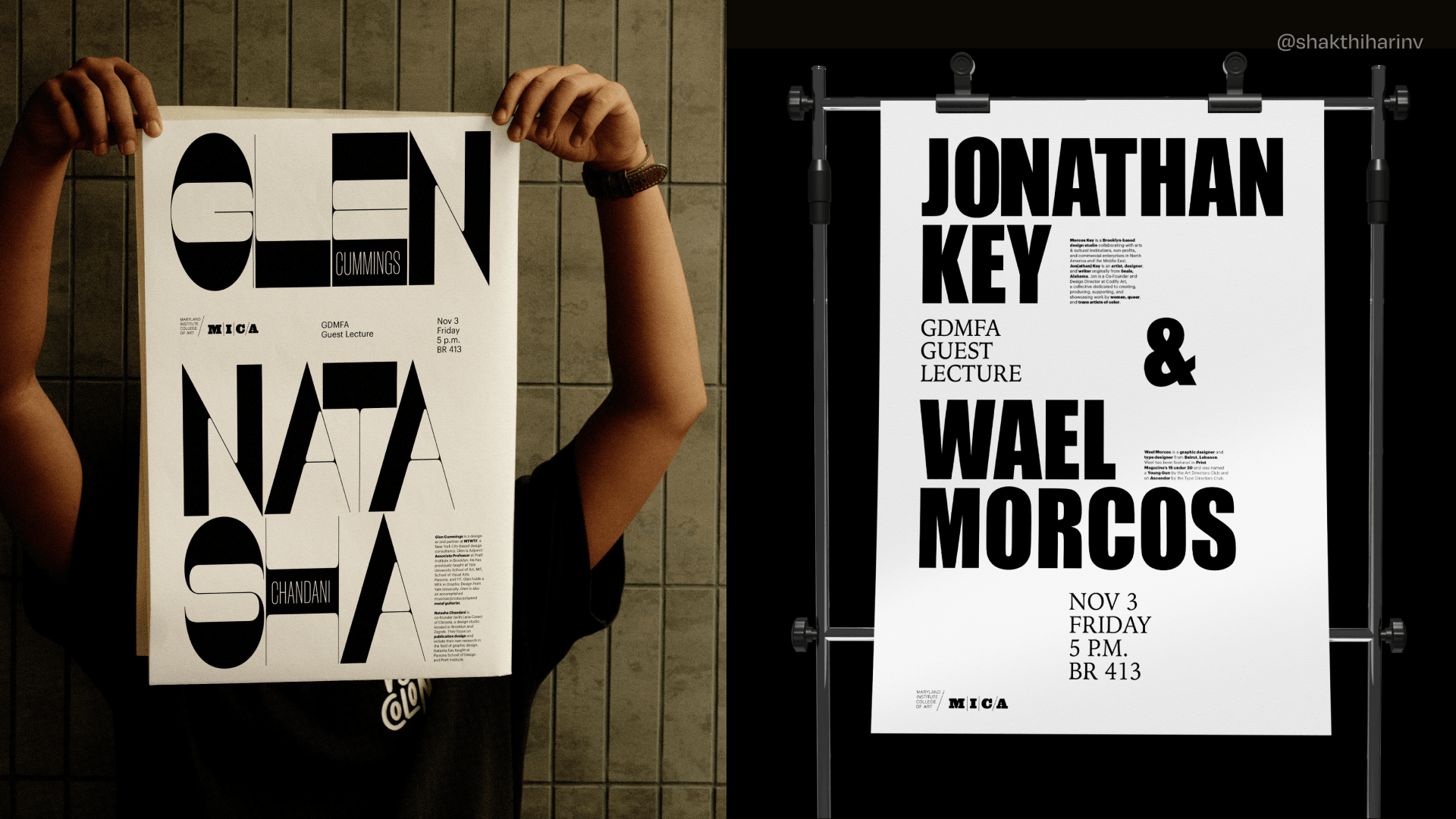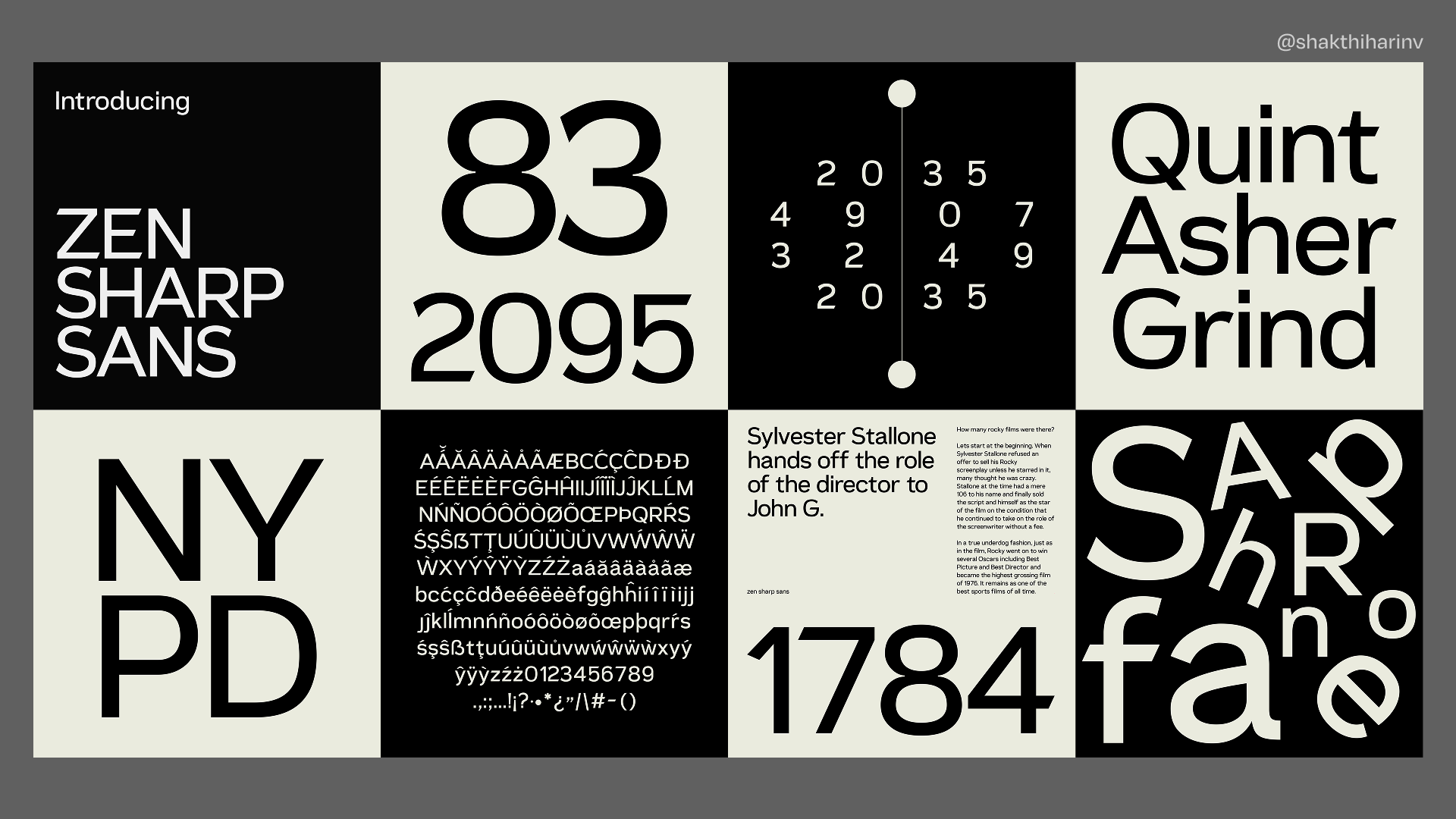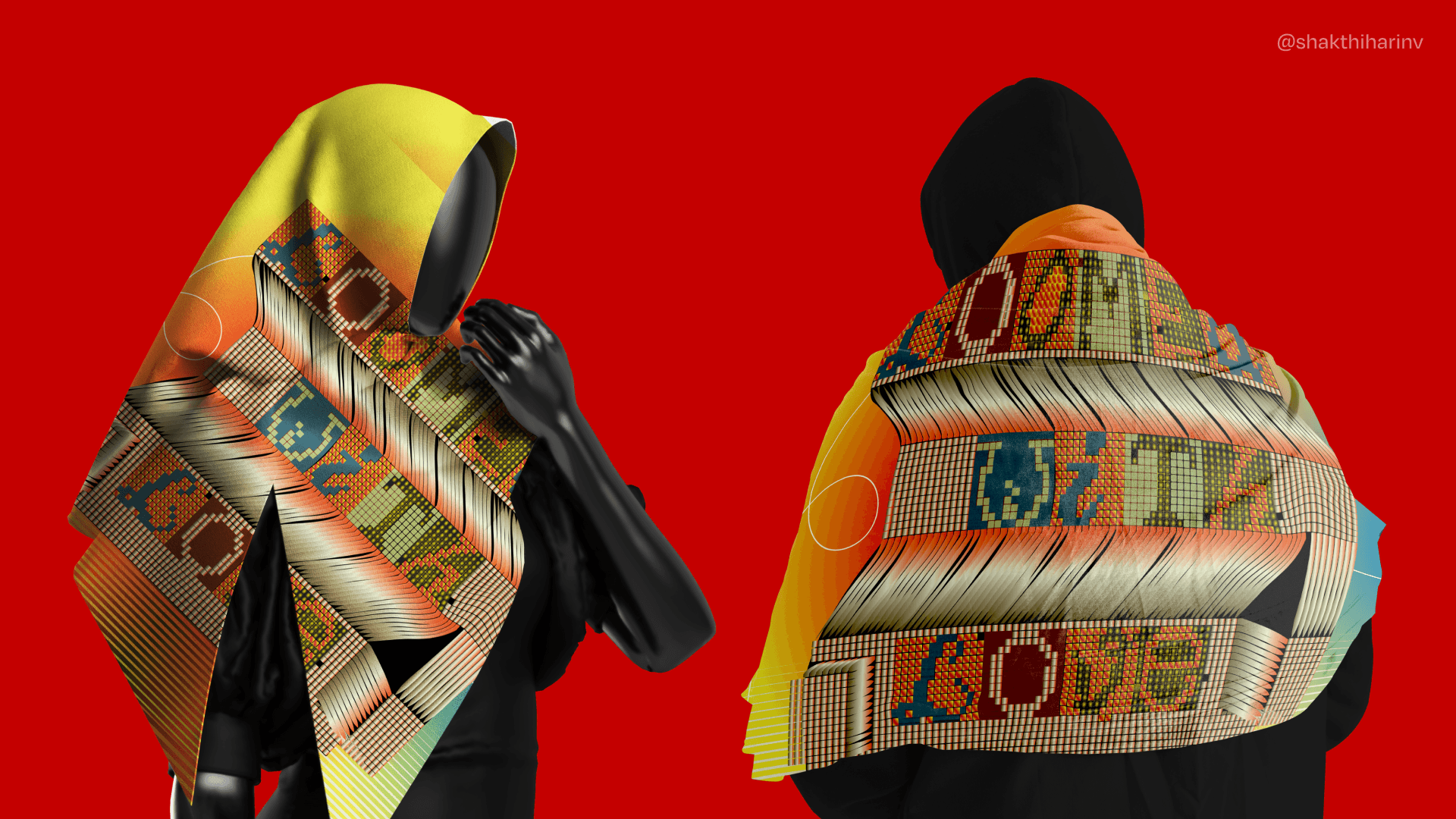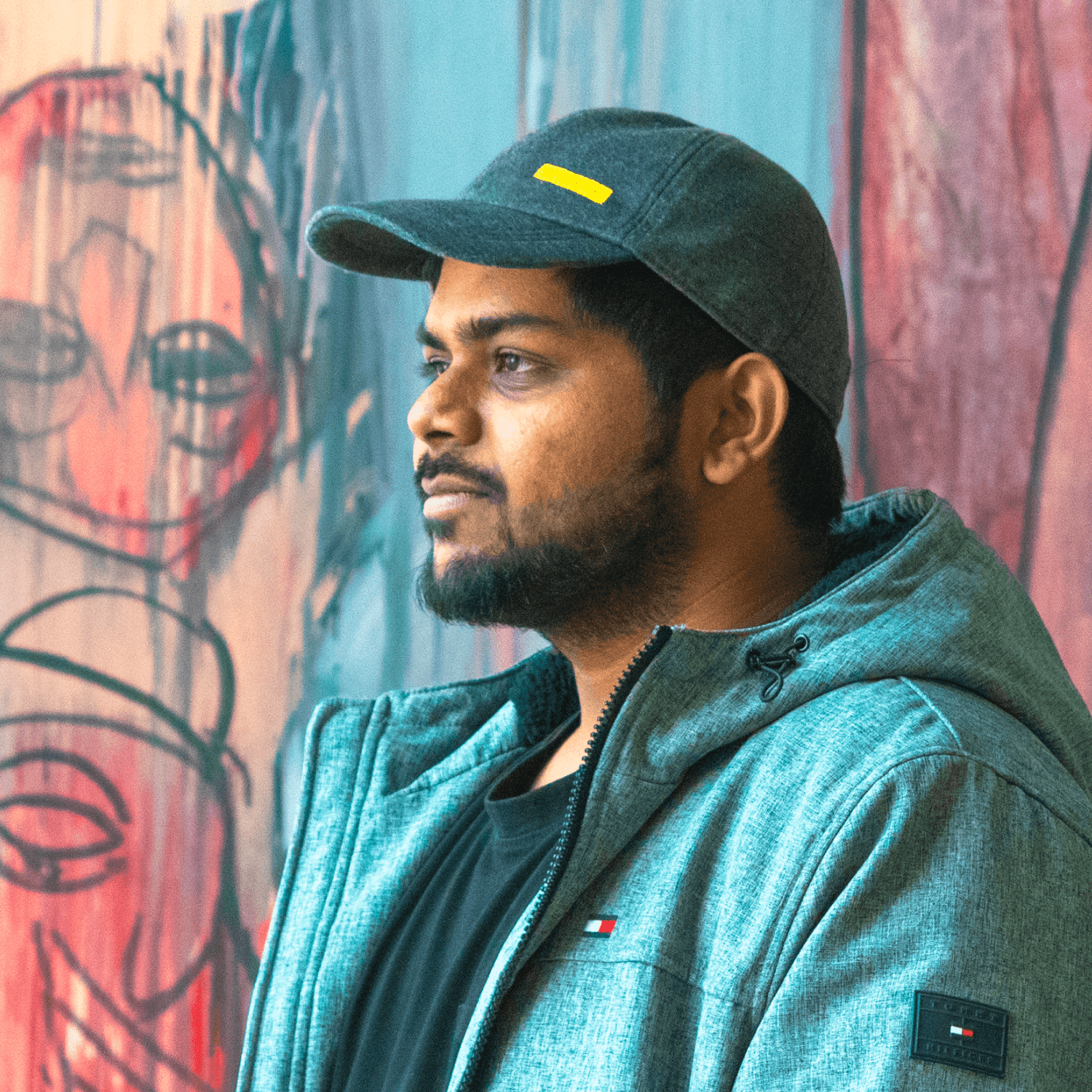We recently connected with Shakthi Hari N V and have shared our conversation below.
Shakthi Hari, looking forward to hearing all of your stories today. So, let’s start with a hypothetical – what would you change about the educational system?
Design schools, especially graduate programs, should be the place where people from diverse backgrounds—whether they come from engineering, science, business, or literature—can seamlessly transition and thrive. Too often, the system assumes a baseline of knowledge that not every student has, making it harder for those without formal design training to find their footing. Instead of expecting students to “catch up” on their own, schools should provide structured pathways that help them bridge gaps in technical skills, industry expectations, and creative thinking. The most innovative designers aren’t always the ones who followed a traditional path—they’re often the ones who bring in fresh perspectives from entirely different disciplines. Schools should recognize and nurture that.
Beyond accessibility, design education should move away from rigid methodologies and encourage a broader range of creative processes. While there’s value in learning traditional frameworks, there’s no single “right” way to think, solve problems, or execute ideas. Some designers thrive in structured, research-heavy approaches; others rely on intuition, experimentation, or even chaos. Instead of enforcing a singular way of working, schools should expose students to multiple ways of approaching design—allowing them to discover their own creative rhythm rather than conforming to outdated norms.
Additionally, as AI becomes increasingly embedded in the creative process, design schools must prepare students to embrace it rather than fear it. Instead of treating AI as a threat to creativity, institutions should integrate it into the curriculum—teaching students how to use it as a tool for ideation, automation, and efficiency. The industry is already shifting, and the next generation of designers should graduate with a forward-thinking approach, ready to leverage AI rather than scramble to adapt post-graduation.
Design schools often focus heavily on craft and theory but fall short when it comes to preparing students for the realities of the industry. One of the most critical yet overlooked aspects of design education is teaching students how to present and position their work effectively. A well-crafted portfolio is no longer just a collection of projects—it’s a designer’s personal brand, a narrative that sets them apart in a competitive field. Some institutions have recognized this and offer dedicated portfolio courses where students learn tools like Webflow to build their own websites. This should be the norm, not the exception. Knowing how to design is one thing, but knowing how to showcase that work in a compelling, strategic way is what gets designers noticed. With the industry saturated with talent, differentiation isn’t just about skill—it’s about presentation. Schools should offer structured portfolio development workshops that cover not just website building but also case study writing, personal branding, and storytelling.
Moreover, studios and teams seeking interns, in my opinion, could prioritize potential over immediate proficiency, recognizing that internships are meant to be learning experiences, not just entry-level jobs in disguise. Rather than expecting students to function as full-time employees from day one, they could foster an environment where interns can experiment, take creative risks, and develop their skills with mentorship. The true value of an internship lies in growth—students should leave not just with work experience, but with a deeper understanding of the industry, expanded creative abilities, and the confidence to contribute meaningfully to the field.
Ultimately, education shouldn’t just be about making good designers—it should be about fostering resilient, adaptable thinkers who can thrive in an ever-changing creative landscape. Schools that focus on adaptability, AI integration, and real-world career preparation will produce graduates who aren’t just skilled, but prepared to lead. These are a few aspects of design education that I’d change to better prepare students to navigate and excel in the industry.


Shakthi Hari, before we move on to more of these sorts of questions, can you take some time to bring our readers up to speed on you and what you do?
I am an art director, multidisciplinary designer, and illustrator with a background that defies convention. Trained as a chemical engineer, I first navigated the corporate world before finding my true calling in design. That unorthodox path has become one of my greatest strengths, allowing me to approach design with both analytical precision and creative intuition. My practice spans brand identity, typography, publication design, and illustration—each discipline offering a different lens through which I explore the intersection of culture, technology, and human experience.
At the heart of my work is a deep commitment to typography. I see it not merely as a design tool but as the foundation of visual communication—the element that carries meaning, while form and imagery serve to amplify it. Whether leading large-scale branding initiatives, shaping visual identities, or crafting experimental type-driven narratives, my approach is always guided by clarity, intentionality, and the pursuit of impact. I have collaborated with global brands, creative studios, and technology companies, applying design as a strategic force that extends beyond aesthetics to influence perception and behavior. My work has been recognized by Communication Arts, AIGA, One Club for Creativity, and the Society of Typographic Arts, among others.
One of the most defining chapters of my career was leading the rebrand of Chargebee, a global SaaS company, where I developed a comprehensive design system and translated a strategic vision into a cohesive, scalable identity. More recently, my experience with &Walsh in New York sharpened my ability to execute at the highest levels of brand storytelling, packaging, and type design. These experiences reaffirmed my belief that design is not just about crafting visuals—it is about shaping narratives, building worlds, and creating work that endures.
What distinguishes my approach is the ability to move fluidly between disciplines while maintaining a strong conceptual foundation. I thrive in work that invites engagement and interpretation, where design is not just a passive experience but an active conversation. My goal is to continue pushing the boundaries of visual storytelling—creating work that is culturally resonant, deeply intentional, and built to stand the test of time.


Are there any books, videos, essays or other resources that have significantly impacted your management and entrepreneurial thinking and philosophy?
One of the most impactful books that has shaped my thinking on work, decision-making, and long-term fulfillment is The Almanack of Naval Ravikant. While it isn’t a traditional management or business book, it offers a distilled philosophy on wealth, happiness, and leverage—principles that are deeply relevant to leadership and entrepreneurship. Naval’s emphasis on compounding—whether in knowledge, relationships, or decision-making—has influenced how I approach both creative and strategic thinking.
His thoughts on judgment over blind hard work resonate with me as a designer and leader. Rather than equating success with sheer effort, he stresses the importance of making high-quality decisions and setting up systems that allow for long-term success. This mindset has helped me refine how I work, prioritize projects, and think about design beyond execution—understanding its impact, scalability, and longevity.
Another takeaway is his perspective on specific knowledge: the idea that the most valuable skills are unique, deeply personal, and cannot be easily replicated. This has shaped how I think about building teams—not just filling roles with generalists or specialists but identifying and nurturing the distinct strengths that individuals bring.
Ultimately, The Almanack serves as a reminder that true success isn’t just about external achievements but about aligning work with personal fulfillment, creative autonomy, and long-term vision—principles that I carry into my approach to leadership and creative problem-solving.


What do you find most rewarding about being a creative?
As a visual culturist, I see design as more than a discipline—it’s a lens through which we decode the world. Every typeface, every composition, every color choice carries layers of meaning, shaped by history, identity, and the cultural currents of the moment. My work is driven by a relentless curiosity about how visuals shape perception, how aesthetics evolve, and how design can challenge or reinforce collective memory.
There’s a thrill in uncovering the invisible forces behind the way we see—how symbols gain power, how trends emerge, how design can be both a mirror and a provocation. It’s not just about making something beautiful; it’s about making something resonate. A great piece of design doesn’t just sit quietly—it demands attention, sparks conversation, unsettles, or reassures.
For me, the true reward comes when a visual idea lands—when it connects with someone in a way that makes them pause, reflect, or see something in a new light. That moment, when design transcends aesthetics and becomes a vessel for thought, is what makes this work not just fulfilling, but necessary.
Contact Info:
- Website: https://www.shakthihari.com/
- Instagram: https://www.instagram.com/shakthiharinv
- Linkedin: https://www.linkedin.com/in/shakthiharinv/
- Youtube: https://www.youtube.com/@ShakthiHariDesign


Image Credits
Portrait Photography: Shruti Jeyakumar


